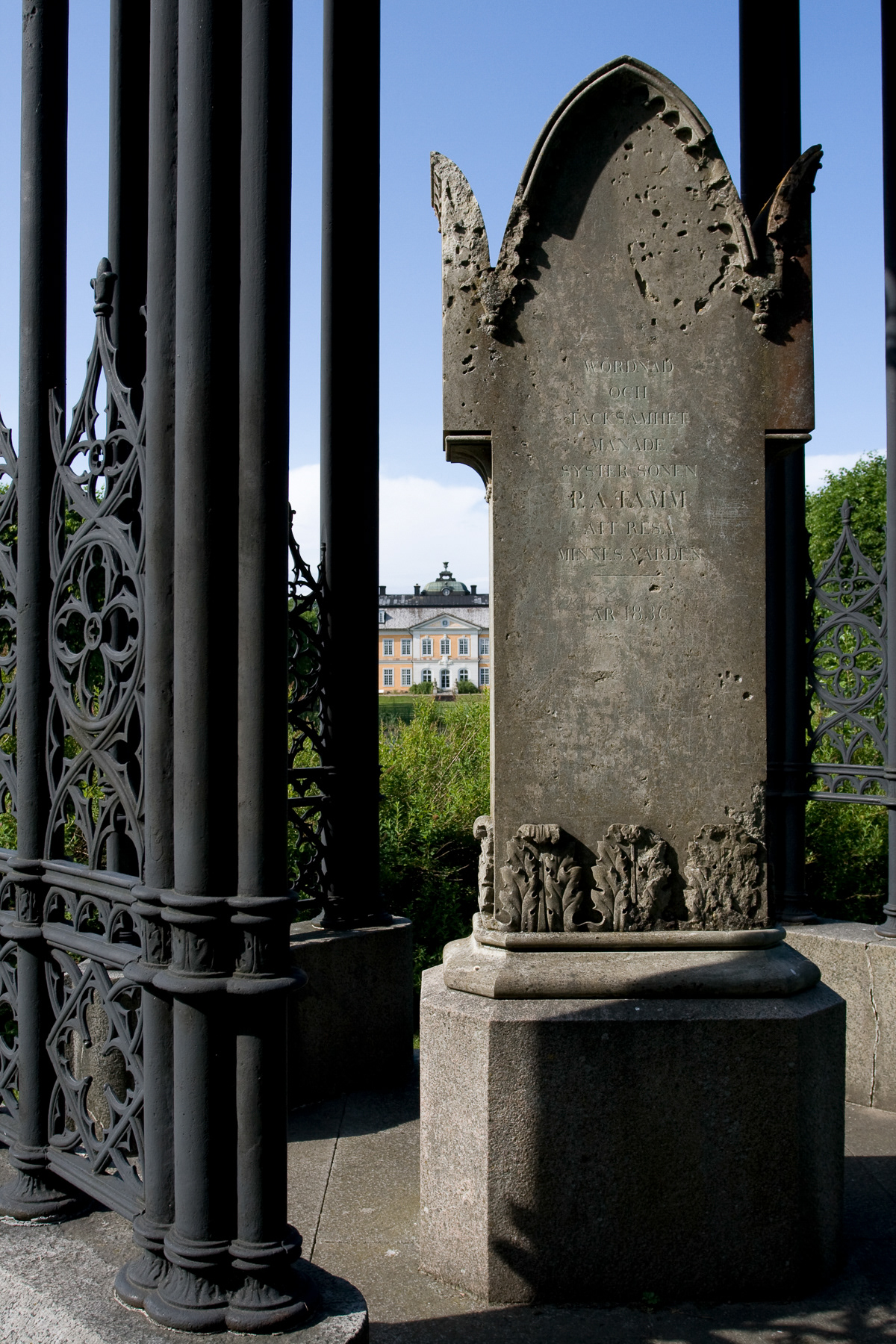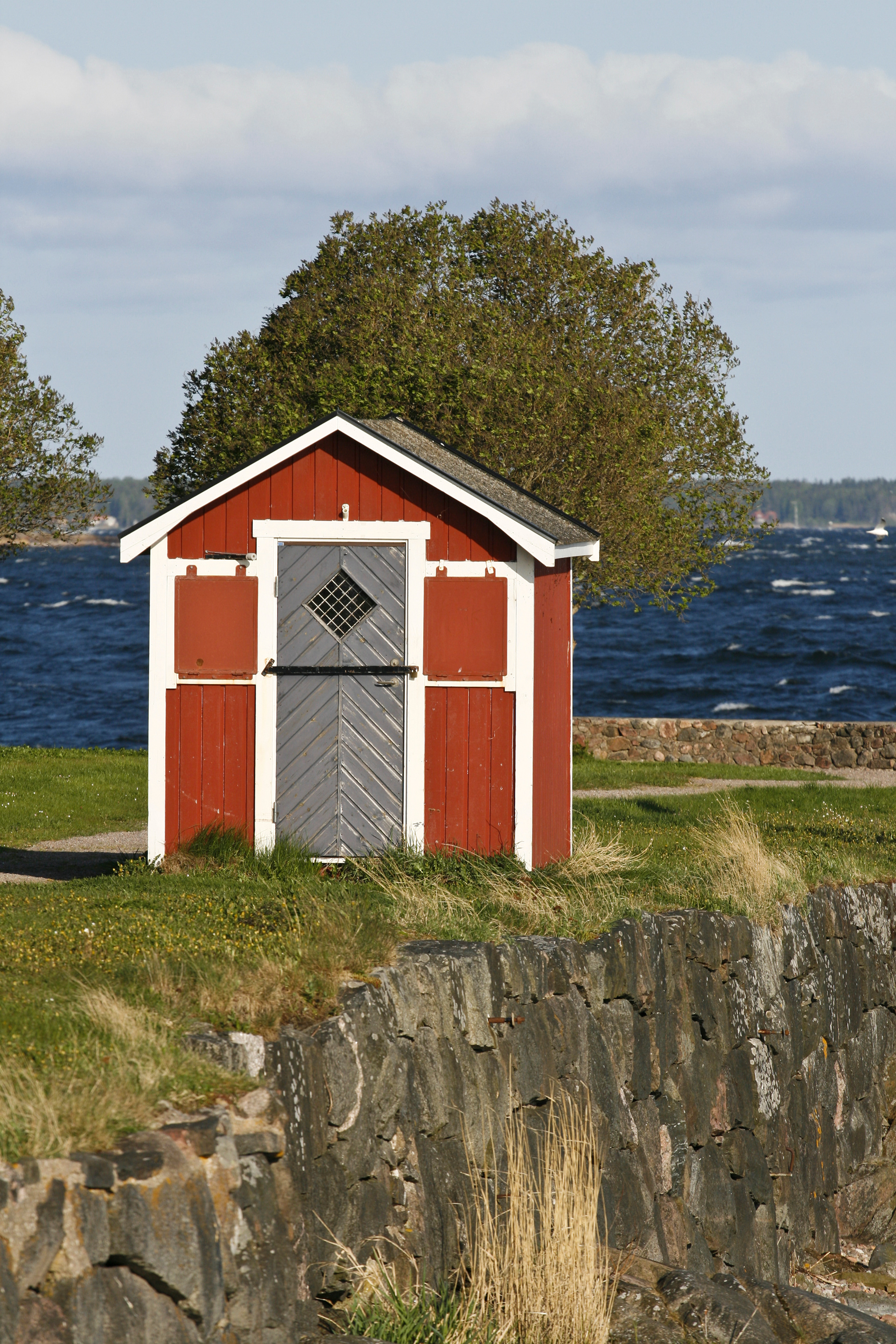Vallonbruk is an area northeast of Uppsala characterized by the first iron ore exploration and usage villages of the country. Back in the 17th Century this than new type of industries were kick+-started by expats from Belgium. The name Vallonbruk is a derivative from the Walloons, the French-speaking part of Belgium, and "bruk" which means "(in) use". Once in use by the Walloons, now the gently sloping roads, fields and forest of this landscape extands all the way to the irregular coastline of the adjacent Roslagen region at the Gulf of Bothnia than runs all the way down into Stockholm.
Österbybruk.
Österbybruk
Walloon-Dutch entrepreneur and industrial pioneer Louis de Geer built the iron industry in Österbybruk from the year 1643. The oldest still surviving remnants date back to the 1700s, like the Brukskyrkan (church) from1735 and the main building mansion designed by Erik Palmstedt from 1763. Nowadays it is a hotel and restaurant, with a lovely orchard behind it.



Österbybruk Herrgård gardens
Forsmark
Stately white workers' houses salute the lane running from the church to the mansion of Forsmark. Willow trees line the lake on the shore, with the red cross of the old hospital still emblazoned on one of the white facades along the shore.
In Sweden Forsmark is mainly known for its three nuclear plants, but the nearby village is a little gem. It started properly in the second part of the 1700s, decades after the Russian burned many spots at and near the shore in Sweden in the Nordic wars.
The country house was built by master builder Jean Eric Rehn in 1767, the English gardens by Samuel af Ugglas. Olaf Templeman designed the church in Neo-antique style that was built in 1800.
Since the end of the industrial blast furnaces in 1968, the village of 40 buildings is quiet and has only about 50 to 60 inhabitants. When strolling through it, one cannot imagine that only 4 kilometres (2.5 miles) away behind a serious fence half of Sweden's six nuclear reactors are active, with all six in the country producing about 35% of the electricity demand.
Lövstabruk
Lövstabruk is, after Forsmark, in my opinion the most beautiful old industrial village in the Vallonbruk region. It is also much bigger than Forsmark. Entrance gates and yellow workers' houses salute the traveler. You walk through a beautiful garden to the old country house. Lövstabruk is not to be missed if you are in the area. In the 1600s, founding father Louis de Geer called it Leufsta Bruk. The name likely derives from Leuven, with the eu in Flemish having a somewhat similar sound to the ö in Swedish. The main look and feel of the village of today goes back to 1720, when it was reconstructed in Baroque style after the whole of then Leufsta Bruk was burned down the year before. A green zone with three lakes separates the workers' houses (west) from the country house (east).
Side-view of the mansion of the former estate of Lövstabruk.
The gardens of the Lövstabruk mansion are a joy to discover.
Öregrund
Öregrund started as an agricultural colony of the bigger town of Östhammer. Burned down by King Christian II and rebuilt by Gustav Vasa the Roslagen coastal village became an important harbour for the ironworks of Vallonbruk. The first 40 years of the 20th Century Öregrund was a bath and health destination for the slightly more rich and famous of that time. Nowadays, the village is a good day escape from the cities of Uppsala or Gävle.
Öregrund.

The local church tower dominates the skyline of Öregrund

In 2008 a small cabin featured on the rocks of Öregrund. Nowadays it is no longer there.
Älvkarleö
Close to the Älvkarleby Falls and power dam, lies the settlement of Älvkarleö. The estate with manor was once the centre of blast furnaces and steel production. But this all stopped in 1972. Some mineral wool production took place afterwards, but nowadays the village is above all very quiet.
Älkarleö.